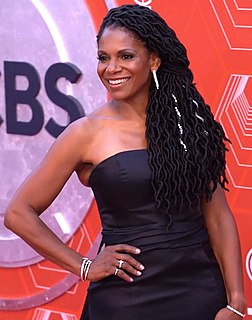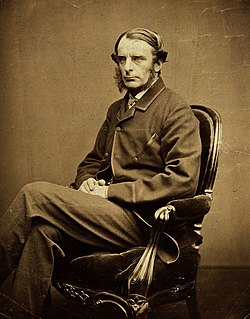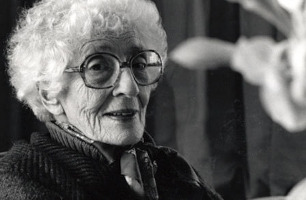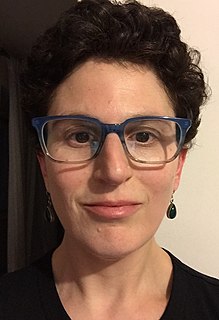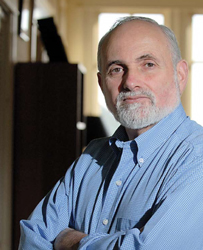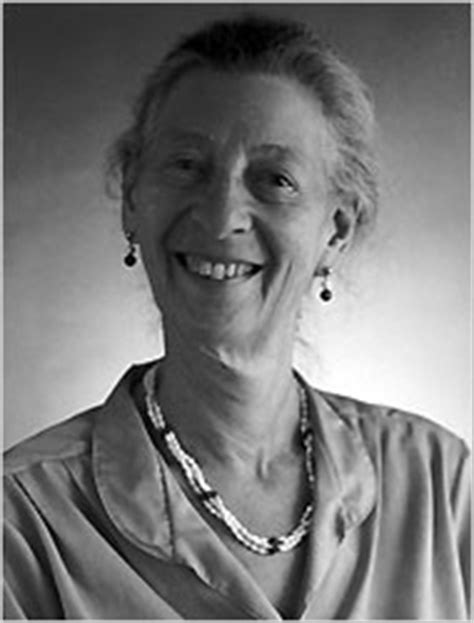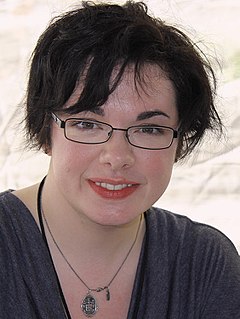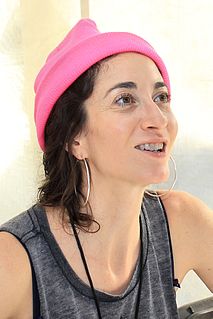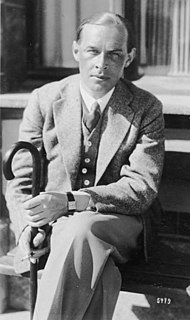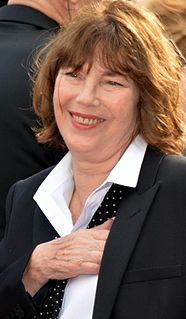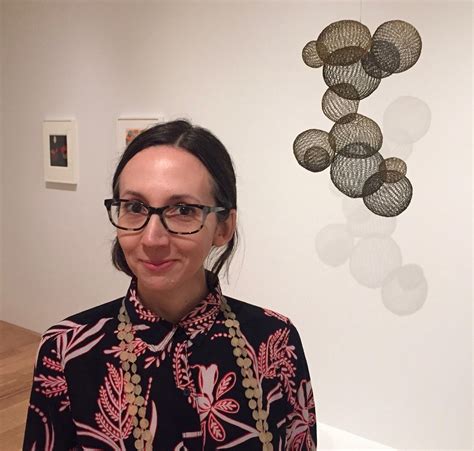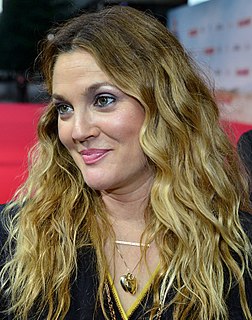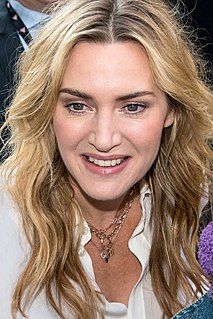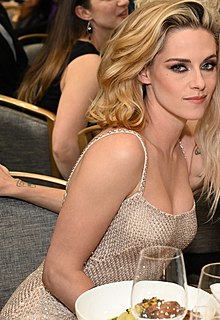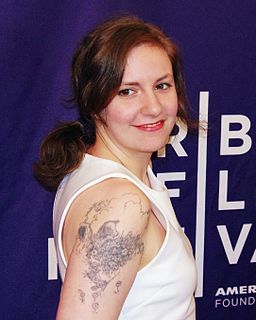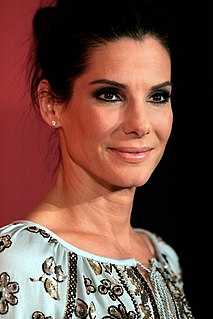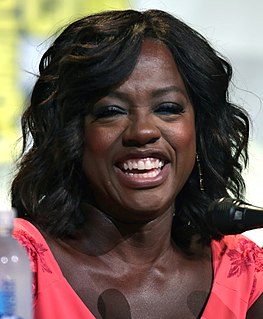A Quote by Audra McDonald
I'm still an artist who's searching, trying to evolve, an artist who - nine times out of ten - is dissatisfied with her work, and beats herself, and goes out there and tries again and again, and falls on her face and looks for new challenges.
Related Quotes
But that wasn't quite right. I called it a nine because I was saving my ten. And here it was, the great and terrible ten, slamming me again and again as I lay still and alone in my bed staring at the ceiling, the waves tossing me against the rocks then pulling me back out to sea so they could launch me again into the jagged face of the cliff, leaving me floating faceup on the water, undrowned.
The woman who needs to create works of art is born with a kind of psychic tension in her which drives her unmercifully to find a way to balance, to make herself whole. Every human being has this need: in the artist it is mandatory. Unable to fulfill it, he goes mad. But when the artist is a woman she fulfills it at the expense of herself as a woman.
Again, stepping nearer, he besought her with another tremulous eager call upon her name. 'Margaret!' Still lower went the head; more closely hidden was the face, almost resting on the table before her. He came close to her. He knelt by her side, to bring his face to a level with her ear; and whispered-panted out the words: — 'Take care. — If you do not speak — I shall claim you as my own in some strange presumptuous way.
Life with a daughter of nine through twelve is a special experience for parents, particularly mothers. In a daughter's looks, actions, attitudes, passions, loves, and hates, in her fears and her foibles, a mother will see herself at the same age. You are far enough away to have some perspective on what your daughter is going through. Still, you are close enough, if reminded, to feel it all again.
A work of art is something produced by a person, but is not that person — it is of her, but is not her. It’s a reach, really — the artist is trying to inhabit, temporarily, a more compact, distilled, efficient, wittier, more true-seeing, precise version of herself — one that she can’t replicate in so-called ‘real’ life, no matter how hard she tries. That’s why she writes: to try and briefly be more than she truly is.
To no man does the earth mean so much as to the soldier. When he presses himself down upon her long and powerfully, when he buries his face and his limbs deep in her from the fear of death by shell-fire, then she is his only friend, his brother, his mother; he stifles his terror and his cries in her silence and her security; she shelters him and releases him for ten seconds to live, to run, ten seconds of life; receives him again and again and often forever.
When my father died, my mother came back from being Mrs. Birkin to being Judy Campbell. She was a stunning actress. She came out of her shell. She was herself again: this very independent, funny, intellectual lady - and was able to perform again, which was her life before meeting my father squashed it out.
But if you ever bring her back damaged again - and I don't care whose fault it is; I don't care if she merely trips, or if a meteor falls out of the sky and hits her in the head - if you return her to me in less than the perfect condition that I left her in, you will be running with three legs. Do you understand that, mongrel?
